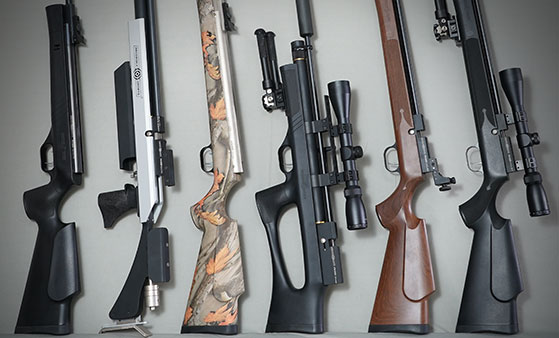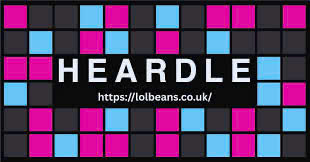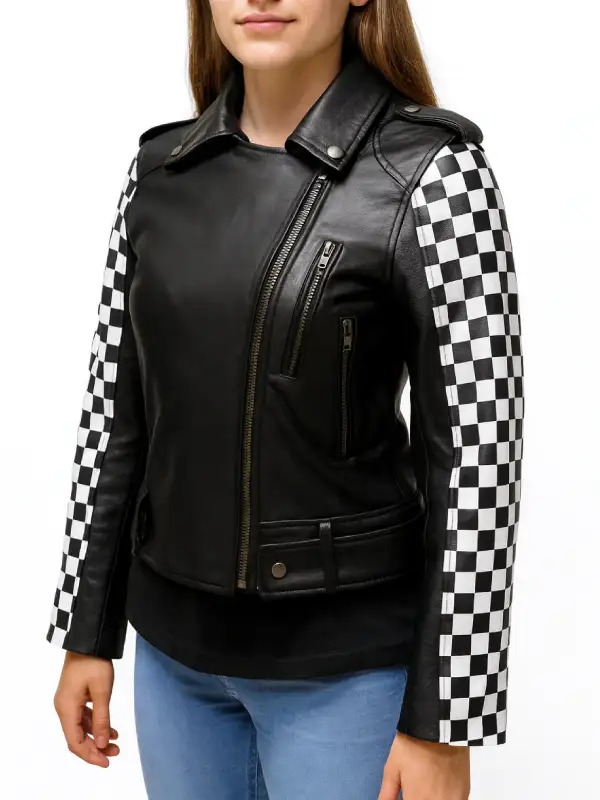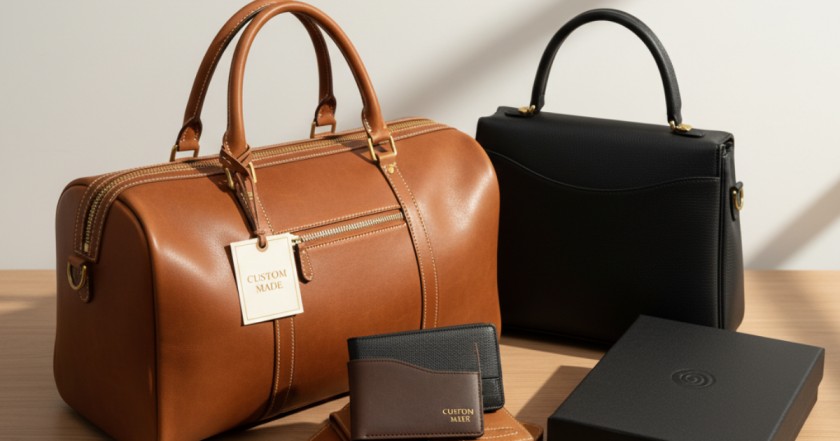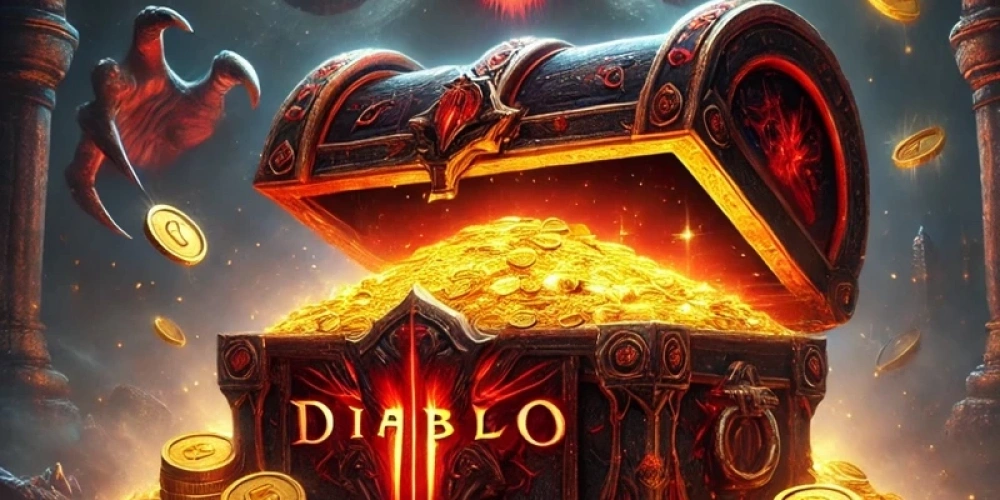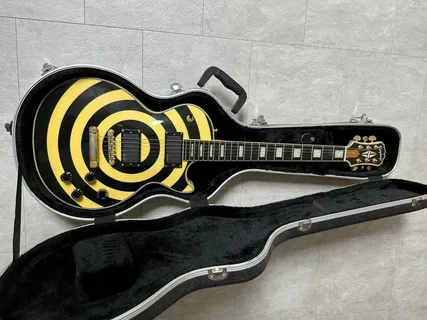
Zakk Wylde’s Guitar Rig Gibson Ozzy and Overdrive
- Book My Author
- Social Media
- 2025-09-30 19:25:40
- 985K
The Sound That Defined an Era
Zakk Wylde’s guitar rig is a cornerstone of heavy metal tone, blending raw power with precision and melodic flair. His work with Ozzy Osbourne in the late 1980s and beyond has become synonymous with a rich, aggressive guitar voice that resonates deeply with metal fans worldwide. At the heart of Zakk’s top 5 tiktok guitar riffs signature sound is a combination of his Gibson Les Paul Custom guitars, the powerful overdrive pedals he employs, and the iconic Marshall amplifiers that amplify his tone to stadium-filling levels. This combination delivers a fierce, saturated sound that can cut through the mix while maintaining clarity and punch. To understand how this rig works together to create such an impactful tone, we need to explore each component’s role and their interaction.
Gibson Les Paul: The Backbone of Wylde’s Sound
Zakk Wylde’s primary guitar has long been a Gibson Les Paul Custom, famously customized with his signature bullseye design. The Les Paul’s heavy mahogany body, solid maple top, and set-neck construction provide a naturally warm and sustaining tone, which acts as the perfect canvas for Wylde’s aggressive playing style. This guitar’s weight and build contribute to its rich resonance and sustain, giving Zakk the foundation needed for thick, heavy riffs and soaring solos. Furthermore, the modification with active EMG 81 and 85 pickups enhances output and clarity, producing a hot, compressed signal ideal for driving overdrive pedals and high-gain amps.
The Importance of EMG Pickups in the Signal Chain
The EMG 81 and 85 pickups are a critical part of Zakk’s rig, shaping much of his distinctive tone. Unlike passive pickups, these active pickups deliver a consistent and powerful signal with minimal noise, making them perfect for high-gain environments. The EMG 81 in the bridge position provides razor-sharp attack and tight low end, ideal for riffing and pinch harmonics, while the EMG 85 in the neck offers a smoother, warmer tone for solos. This combination ensures that the guitar’s output hits the overdrive pedals and amps with clarity and punch, making the entire rig more responsive and dynamic.
Overdrive Pedals: The Secret Weapon in Zakk’s Tone
Overdrive pedals play an essential role in Zakk Wylde’s tone. Instead of using distortion pedals to create heavy gain, Zakk uses overdrive pedals like the MXR ZW-44 Berzerker Overdrive or the classic Boss SD-1 Super Overdrive as boosters to push his tube amp into natural saturation. The overdrive tightens the low end, enhances note definition, and adds sustain, helping his playing cut through dense mixes without losing articulation. Settings typically involve low gain and high output, allowing the pedals to act as transparent boosts rather than sources of heavy distortion. This method maintains the integrity of the amp’s natural tone while adding extra bite and presence.
The Amplifier: Marshall JCM800 and the Power Behind the Sound
The amplifier is a crucial component of Zakk’s rig, and his go-to amp for decades has been the Marshall JCM800 2203. This British tube amp delivers a powerful midrange punch, tight bass response, and shimmering treble that perfectly complements the Les Paul and overdrive pedals. Zakk runs his amp with moderate gain settings and uses the overdrive pedal to push it into higher saturation. This setup allows for dynamic control—cleaner tones at lower volumes and massive, saturated distortion when cranked up. The Marshall’s natural breakup responds well to picking nuances, enabling Zakk’s aggressive playing style to shine through every note.
The Pedalboard Setup: Streamlined and Efficient
Zakk Wylde’s pedalboard is focused and functional, emphasizing reliability and tone over complexity. The typical chain starts with the guitar plugged into his signature overdrive pedal, followed by a wah pedal—often the Dunlop ZW-45 Cry Baby Wah—which Zakk uses extensively for expressive solo work. Modulation and delay effects, when used, are typically routed through the amp’s effects loop to preserve the purity of the front-end gain stage. This minimalist approach ensures that the core elements of his tone—the Gibson guitar, overdrive pedal, and Marshall amp—remain the focal point, delivering consistent and powerful results night after night.
Playing Technique: The Final Ingredient
No guitar rig can replicate Zakk Wylde’s tone without understanding the role of his playing technique. His aggressive pick attack, use of pinch harmonics, and signature wide vibrato give his notes character and presence. The overdrive pedal and amp respond to his picking dynamics, rewarding precise playing with enhanced sustain and harmonic richness. Zakk also employs thick picks and often tunes down, which contributes to the heaviness and depth of his tone. His control over his guitar’s volume knob allows him to clean up his sound for rhythm parts and unleash full gain for leads, creating a dynamic range that complements his rig perfectly.
Capturing the Ozzy Era Tone
Zakk’s rig with Gibson, overdrive, and Marshall is most famously heard on Ozzy Osbourne’s albums such as No Rest for the Wicked, No More Tears, and Ozzmosis. The combination of the Les Paul with EMG pickups, the Berzerker or SD-1 overdrive pedals, and a cranked Marshall JCM800 delivers the punchy, aggressive sound heard on classics like “No More Tears” and “Miracle Man.” This tone helped define Ozzy’s sound in the late ‘80s and early ‘90s and remains a benchmark for players seeking heavy, melodic metal tones.
Modern Variations and Legacy
Over the years, Zakk has refined and expanded his rig but has always remained true to the core elements of his tone. Modern gear inspired by his setup, such as the MXR ZW-44 Berzerker and Gibson’s Zakk Wylde signature models, allow fans and players to get closer to that iconic sound. Boutique pedal makers and amplifier manufacturers often cite Zakk’s tone as a blueprint for heavy guitar rig design. His approach—combining vintage gear with modern active pickups and overdrive pedals—continues to influence players worldwide, keeping his tone relevant in contemporary metal and hard rock scenes.
Conclusion
Zakk Wylde’s guitar rig is a masterclass in synergy between instrument, effects, and amplification. His Gibson Les Paul Custom with EMG pickups provides the raw tonal foundation, the overdrive pedals serve as precise boosters that refine and push the amp’s natural saturation, and the Marshall JCM800 delivers the powerful, dynamic platform needed for his signature sound. Together, these components create the thick, aggressive, yet articulate tone that defines not only Zakk’s work with Ozzy Osbourne but also his solo career and influence. For anyone chasing the Wylde tone, understanding this rig’s interconnected elements is key—not just the gear itself, but how each part complements the other and the player’s technique. This is the formula behind a guitar sound that’s as heavy as it is iconic.
